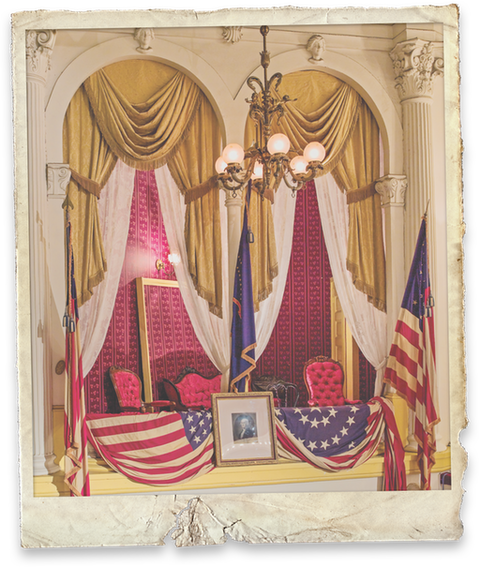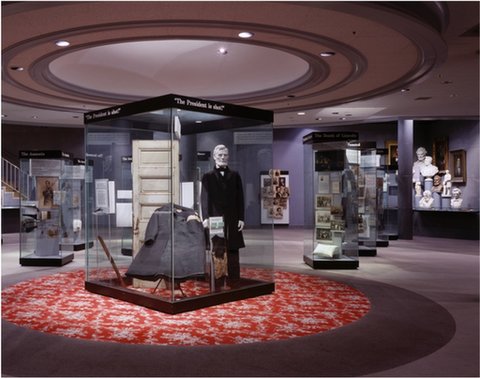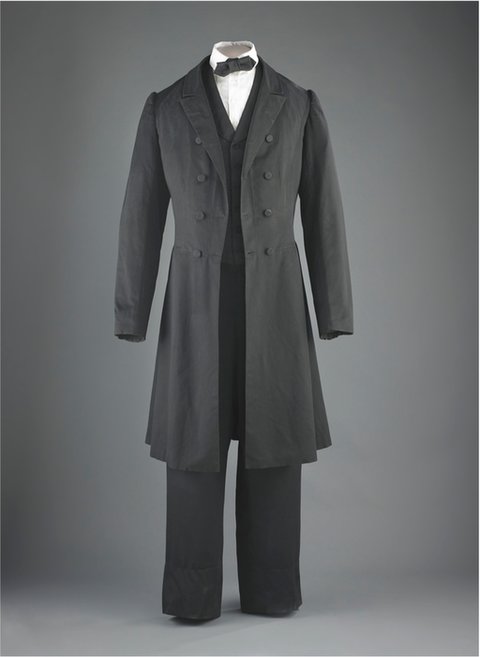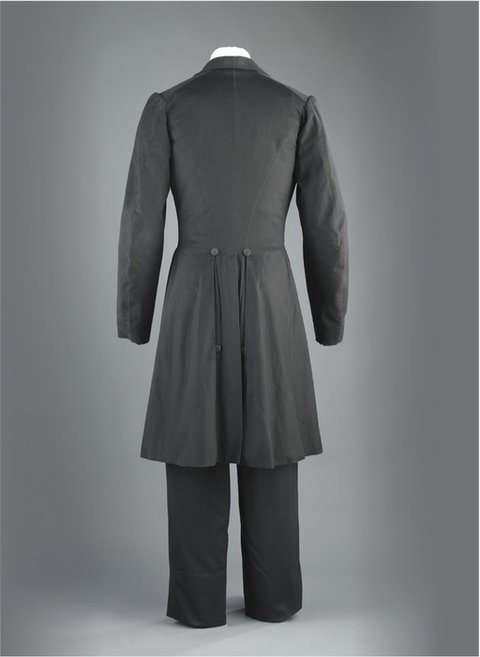ToProtectandPreserve
Toprotectandpreservesuchvaluableitemsisabigresponsibility.Curatorsaretrainedtodealwiththedangers.Lightdamageisoneofthemostseriousthreats.Bothvisibleandultraviolentlightrayscanbeharmfulbyfadingobjectsandbreakingdownfibers.Theflagfromthepresidentialboxisatrisk.Itismadeofsilkthathasbeendyeddark blue.

flag
Darkfabricdyescanbeacidic.Whenexposedtolight,theacidscanfadethefabricquickly.Thefibersofthefabricalsobegintobreakdown.That’swhycuratorsputtheflagunderspecialglassthatblocksultravioletlight.Framingtheflagalsoensuresthatitwillbekeptflat.Foldingtheflagcouldcreatelastingcreases.Historicfabricsareoftenrolleduptopreventsuch damage.
Otherdangerscomefromtheenvironment.Dirt,dust,bodyoils,andotherpollutantscandestroyobjects.That’swhycuratorsusewhitecottonglovestohandleanyartifact.Curatorsalsohavetoworryaboutpests.Rodentsorbugsmighttrynibblingonartifactsorevenusingthemtobuild nests.
Changesintemperatureandhumiditycancausedamage,too.Curatorsmustlookforsignsofwarping,shrinkage,mold,mildew,orrust.Allartifactsarekeptinaclimate‑controlledenvironmenttopreventthosetypesofdamage.Thecenterisalsoequippedwithanadvancedfireprotection system.
NationalParkServicemuseumcuratorKamalA. McClarinwearscottongloveswhenhehandlesartifactsliketheflagfromthepresident'sboxatFord's Theatre.
tear
ThePathtoPreservation
Insomecases,artifactscomeintoamuseum’scollectionquickly—soonaftertheeventthatmadethemspecialoccurs.Inothercases,manyyearscan pass.
AfterPresidentLincolnhadbeenshot,hewascarriedacrossthestreettothehomeofWilliamandAnnaPetersen.BecauseLincolnwassotall,hehadtobelaiddiagonallyacrossabedinoneofthebackbedrooms.ItwastheroomofayoungarmyclerknamedWillieClark.Clarkwasnothomeatthe time.
Soldierswerepostedatthedoorsofthehouseandontheroofwhiledoctorsfranticallyattendedtothewounded president.
Thepresidentwouldnotrecover.At7:22 a.m.onApril 15,AbrahamLincolndiedfromhis wound.
WhenClarkreturnedthenextmorning,hisroomwasinshambles,andthepresidentwasgone.Thatnight,Clarkclimbedintobedtosleep—thesamebedthathadhoursbeforeheldthe president.

bedroomatPetersonHouse,
locatedacrossthestreetfromFord’s Theatre
WillieClark'slettertohissisterhasbeencarefully preserved.
Fourdayslater,Clarkwrotealettertohissister,Ida.Init,hedescribedwhatwashappeningatPetersen House.
Hewrote:“Sincethedeathofourpresidenthundredsdailycallatthehousetogainadmissionintomyroom....Everybodyhasagreatdesiretoobtainsomemementofrommyroomsothatwhoevercomesinhastobecloselywatchedforfearthattheywillsteal something.”
Clarkhimselfmanagedtotakeafewitemsasremembrancesbeforehemovedoutafewdayslater.Hesenthissistersomethingofgreatvalue.He wrote:
“EnclosedyouwillfindapieceoflacethatMrs.Lincolnworeonherheadduringtheeveningandwasdroppedbyherwhileenteringmyroomtoseeherdyinghusband(.) Itisworthkeepingforitshistorical value.”
Thepieceoflacedisappearedordisintegratedlongago.Buttheletterremained.ItstayedintheClarkfamilyuntilitwasdonatedtoFord’sTheatre,morethan100years later.
AbrahamLincolnworethiscoat,vest,andtrousersashisofficesuitwhilehewas president.

ThisexhibitshowsthecoatAbrahamLincolnworethenighthewas shot.
HistoriansconsiderClark’slettertobeofgreatvaluebecauseitisafirst‑handaccountoftheaftermathoftheassassination.Itiswhatisknownasaprimary source.Aprimarysourceisanartifact,document,diary,manuscript,autobiography,recording,oranyothersourceofinformationthatwascreatedatthetimeunder study.JohnWilkesBooth’sdiaryisalsoaprimarysource.Itis,infact,theonlysourcethatrecordedBooth’sthoughtsatthe time.
TheFord’sTheatrecollectionisfullofinterestingartifacts.YoucanseetheclothesLincolnworetothetheaterthatnight;aplastercastofLincoln’sfacemadeafewmonthsbeforehewaskilled;piecesofevidenceusedagainsttheconspiratorsduringtheirtrial;andmanyother objects.
Thesepiecesofourpastareanimportantpartofourhistory.Eachobjecthasitsownstory.Butalloftheseitemshavebeencarefullypreservedandprotectedsothatpeoplecanstillseeandconnectwiththem today.
TofindoutmoreabouttheartifactsatFord’sTheatre,goto www.fords.org
TolearnmoreabouttheNationalParkService’sMuseumResourcesCenter,goto www.nps.gov/orgs/1802/
MyCareer
WhennothandlingartifactswithhiswhiteglovesattheMuseumResourcesCenter,KamalMcClarincanbefoundatdifferenthistoricsitesintheWashington,D.C.,area.McClarinservesasan interpretiverangerwiththeNationalPark Service.
It'shisjobtohelpvisitorsmakeapersonalconnectionwithhistoricplacesandpeople.He'softenworkingatthehomeofFrederickDouglass.Douglasswasaformerslavewhobecameanabolitionist.HepressedPresidentLincolnforequalityforallpeople.McClaringivesvisitorsasenseofhowDouglasslivedand worked.


